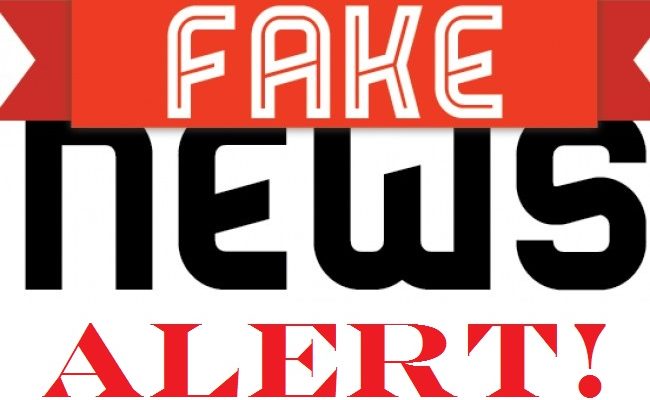Fake news has damaged the relationship, and killing trust of given business, medias following malicious circulation.
It is, therefore, wise for one to read an article by clicking the link provided before sharing it.
The rise of fake news has seen companies lose their pride, employees fired, and even creating a rift between the owners and the public.
Anyone active on social media has probably done this at least once: shared something based on the headline without actually reading the link.
According to a study released in June by computer scientists at Columbia University and the French National Institute, 59 percent of links shared on social media have never actually been clicked.
Preventing the rise of fake news
The first thing you can do to combat the rise of “fake news” is to actually read articles before sharing them.
When you read them, pay attention to the following signs that the article may be fake.
A) Determine whether the article is from a legitimate website
For example, in Kenya there are fake sites like K24.com and K24 the station, MediaMax.
Similarly, there’s ABC News, the television network, with the Web address of abcnews.go.com, and ABC News, the fake news website, with the Web address of abcnews.com.co.
The use of “.co” at the end is a strong clue you are looking at a fake news website. But there are other signs as well.
B) Check the ‘contact us’ page
Organizations have got ‘contact us’ page, providing all contacts that you can reach them through.
Though not all, some fake news sites don’t have any contact information.
The fake “ABC News” does have a “contact us” page — but it shows a picture of a single-family home in Topeka, Kan. The real television network is based in New York City, housed in a 13-story building on 66th Street.
C) Examine the byline of the reporter and see whether it makes sense
Every news site has an admin, and the person in question manages the account. When uploaded online, the person (reporter) is named or ‘by’ call to action is tagged to the news.
By searching the person, if you doubt the story, can help understand in details and much help you determine the reliability of the reporter in question.
d) Pay attention to the Article
Many fake articles have made-up quotes that do not pass the laugh test.
e) Scrutinize the sources
Sometimes fake articles are based on merely a tweet.
The New York Times documented how the fake news that anti-Trump protesters were bused in started with a single, ill-informed tweet by a man with just 40 followers.
The tweeter also has a locked account, making the “news” highly dubious.
If the article has no links to legitimate sources — or links at all — that’s another telltale sign that you are reading fake news.
f) Look at the ads
A perfusion of pop-up ads or other advertising indicates you should handle the story with care.
Another sign is a bunch of sexy ads or links, designed to be clicked — “Celebs who did Porn Movies” or “Naughty Walmart Shoppers Who have no Shame at All” — which you generally do not find on legitimate news sites.
g) Use search engines to double-check
A simple Google search often will quickly tell you if the news you are reading is fake.
There is also a website called RealorSatire.com that allows you to post the URL of any article and it will quickly tell you if the article comes from a fake or biased news website.

